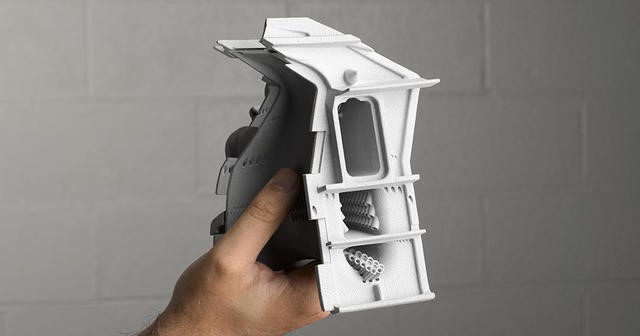
The increasing supply chain’s demand of auto parts creates several challenges for companies in the automotive industry. To keep up with the supply chain’s demands, most factories prefer the concept of rapid prototype. The designers and engineers in this industry are aware of the benefits that come with rapid prototyping and how rapid prototypes are effectively changing almost everything in the industry.
How does rapid prototyping affect the auto parts manufacturing industry?
Prototypes are crucial elements of any design and engineering process. The same is true for the auto parts manufacturing industry. Rapid prototypes allow them to enjoy the affordable quality and fast lead time.
In this modern era, the automotive industry is getting more advanced than ever, and quality standards are also rising. Now, it is easier to identify the root cause of road accidents. According to the World Health Organization (WHO), around 1.35 million people die every year due to road traffic crashes. Among all causes, the use of low-quality auto parts is also a preventable reason, which demands the development of auto
parts with mandatory quality. Rapid prototypes can make the process of manufacturing auto parts fast and efficient to meet this ever-increasing demand.
Besides, coming up with a flexible design is another challenge that automotive engineers face. They also need to comply with regulations from several countries (as automobiles are exported and imported around the world) and the personalized needs of customers. Rapid prototyping offers also allows you to produce functional parts with custom details while complying with the regulations.
What types of auto parts can be created using rapid prototyping?
Around 92 million motor vehicles were produced worldwide in 2019. Almost one-third of these passenger vehicles were made in China, which made China the largest passenger car manufacturer in the world.
Thus, constant development is needed to design unique parts. In such scenarios, a few functional auto part prototypes are necessary to ensure if they are designed right in every aspect and meeting the high expectations. Rapid prototypes in China allow designers to create a few functional parts with intricate and unique details.
Here are the different types of auto parts that can be developed using rapid prototypes:
Interior Parts:
Car owners are interested in seeing their ownership of their vehicles, which requires manufacturers to produce a few custom parts with a distinct appearance within a short window. While interior features are often for decorative purposes, rapid prototypes can facilitate intricate designs that comply with quality standards as well.
Exterior Parts:
Even though automobiles have only a few items on the exterior side, exposure to harsh conditions and weather requires these items to be made of high-quality materials. Rapid prototypes can help engineers customize and make such items with durable materials.
Functional Parts:
Designing functional parts for an automotive is a demanding task for car manufacturers. That’s why they need to rely on rapid prototyping processes, such as injection molding and rapid tooling to analyze the performance of these parts and enhance them further accordingly.
















